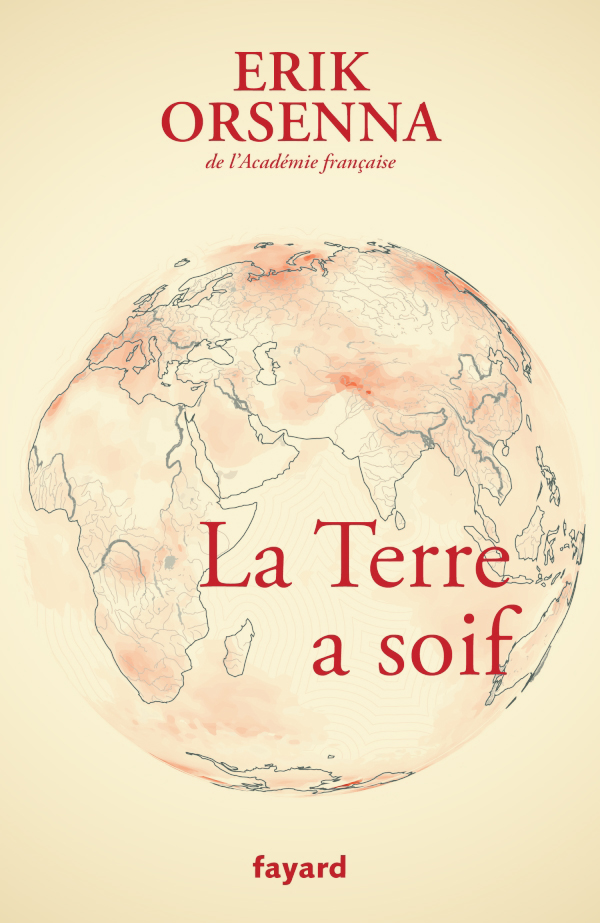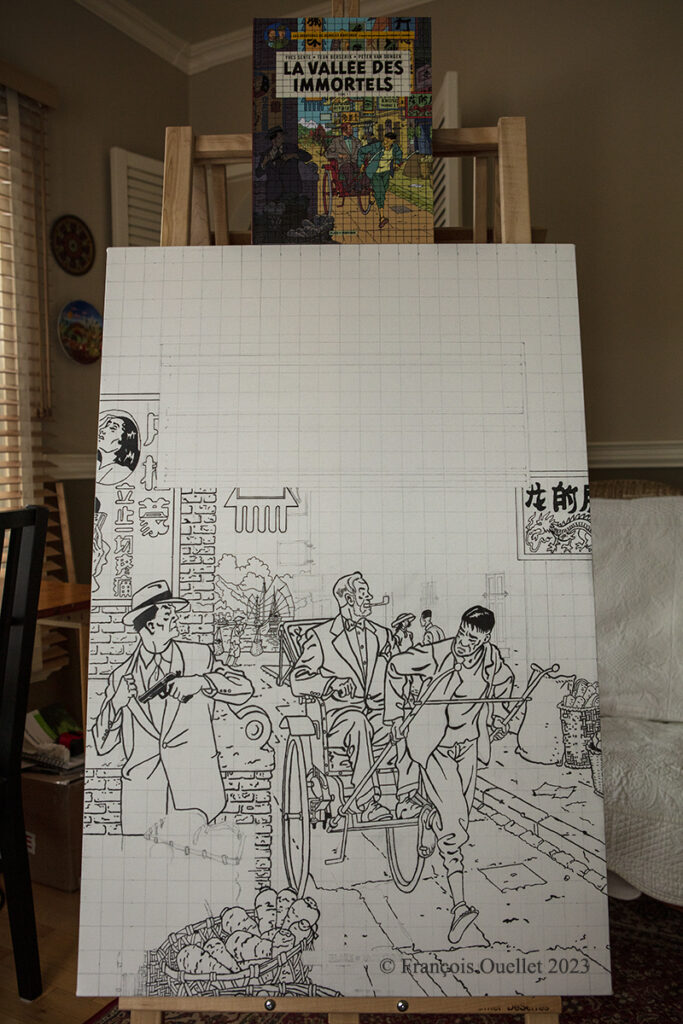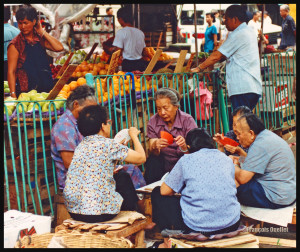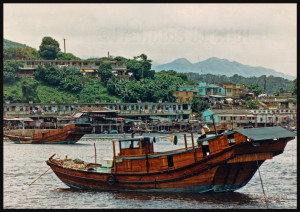
I appreciate Erik Orsenna for his erudition, his Cartesian thinking, his poetry and his ability to find the detail that will amuse the reader while informing him. In his book, the author tackles with equal comfort a wide variety of themes relating to history, religion, philosophy, the environment, climate change, renewable energy, pure science, politics and economics.
Being first and foremost a man of the field, he quickly recognized the need to develop and maintain political contacts in many countries in order to facilitate his travels in areas often considered problematic. The reader benefits from this privileged access.
In “La Terre a soif”, he presents us with portraits of thirty-three rivers around the world. The list is not exhaustive, of course, because after years of travel and observation, he was pressed by the publisher to produce his book. I know that if it were up to him, he would still be on the road accumulating information, each more interesting than the other.
Here are some of the rivers discussed in this book: Mississippi, St. Lawrence, Loire, Nil, Congo, Ganges, Mekong, Colorado and even Panama’s two rivers. The smallest of the rivers mentions in the book flows in Brittany, France and is called Trieux, while the largest is the Amazon in Brazil.
With some of the more powerful countries like China, or Israel and a few others, negotiating for the equitable administration of a river is difficult. The dams built by a powerful country reduce the flow downstream and the smaller surrounding countries make do with what is left. Water harvesting also dries up land over long distances, affecting agricultural production.
Navigation on waterways must also adapt to the reduced flow. One example is the Panama Canal: [DeepL translation]: “ The lack of water is the great fear of Panama. We remember that the heart of the canal is the great Gatún Lake. If it were to dry up, the ships would run into rocks and sand: they would no longer be able to transport their cargo from one sea to the other. Trucks would have to take over”. (p.252)
In contrast, the author shows that there are ways to administrate a major river so that it benefits the riparian countries. He cites the management of the St. Lawrence River by the United States and Canada as an example.
Contrary to what one might think when it comes to the environment and water scarcity, not everything in this book is negative. On the contrary, Erik Orsenna has understood that the reader is tired of alarmist statements. The author has therefore designed a very well-balanced book where it is possible to make the reader’s thoughts evolve without the latter feeling the need to take an antidepressant at each chapter.
Click on the link for other books on environment and geopolitics in my blog.
Title : La Terre a soif
Author: Erik Orsenna
Edition : Fayard
© 2022
ISBN : 978-2-213-72075-3


